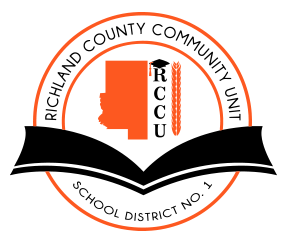Skip to content
Show submenu for District
District
Board of Education
School Safety & Security
Internal Staff Links
Show submenu for Parents/Students
Parents/Students
Forms and Information
Show submenu for Alumni
Show submenu for ERFAE
Strategic Dashboard
Transportation
Rooms Support Page
Show submenu for
